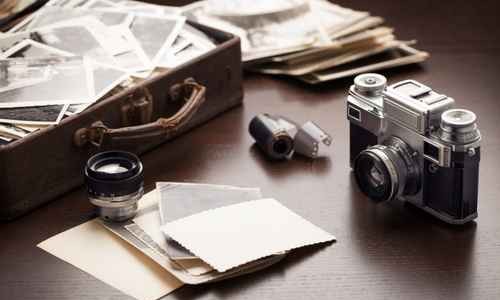Photo Organizing Tips
Like most people, I used to have a disorganized, scattered collection of family photos. The priceless ones—those old prints and Polaroids that could never be replaced—kept nagging at me. Preserving them seemed at once urgent and impossibly daunting.
Eventually I bit the bullet and tackled the project. It was time consuming. But I broke it into manageable pieces, and now my mind is at ease that I have preserved an important piece of my family’s legacy.
Here are a few tips and tricks I learned along the way.
- Store photos in a cool, dry place. A low-humidity environment is “the single most important factor in preserving most photographic prints,” according to the experts at the Preservation Directorate at the Library of Congress.
- A first-floor closet shelf (away from an attic’s summer heat, the damp basement or garage, radiators and vents, and direct sunlight) is the best option in most homes.
- Do not use paper clips, rubber bands, tape or other fasteners to organize prints.
- Keep prints in acid-free, lignin-free photo sleeves and storage containers.
- What’s more frustrating than finding an old family photo but you don’t know who’s who! Take time to label your photos, identifying who is in it, and when and where it was taken. The safest option is to put the photo in an archival sleeve and label the sleeve, not the photo. The next best option is to use a soft pencil and label the back of the photo. Be sure to write on a hard surface so the pencil will not leave an impression on the front of the photo.
- Never use ink to label a photo. I can’t tell you how many clients have given me photos with blue ink stains on them. The ink transfers from the back of one photo onto the front of the one next to it.
You can also find more detailed references on photo preservation at the Library of Congress and Heritage Photographs.
For help preserving your family’s legacy—with photos, mementos or stories—give us a call at (617) 755-3283 or send an email.


Comments are closed.